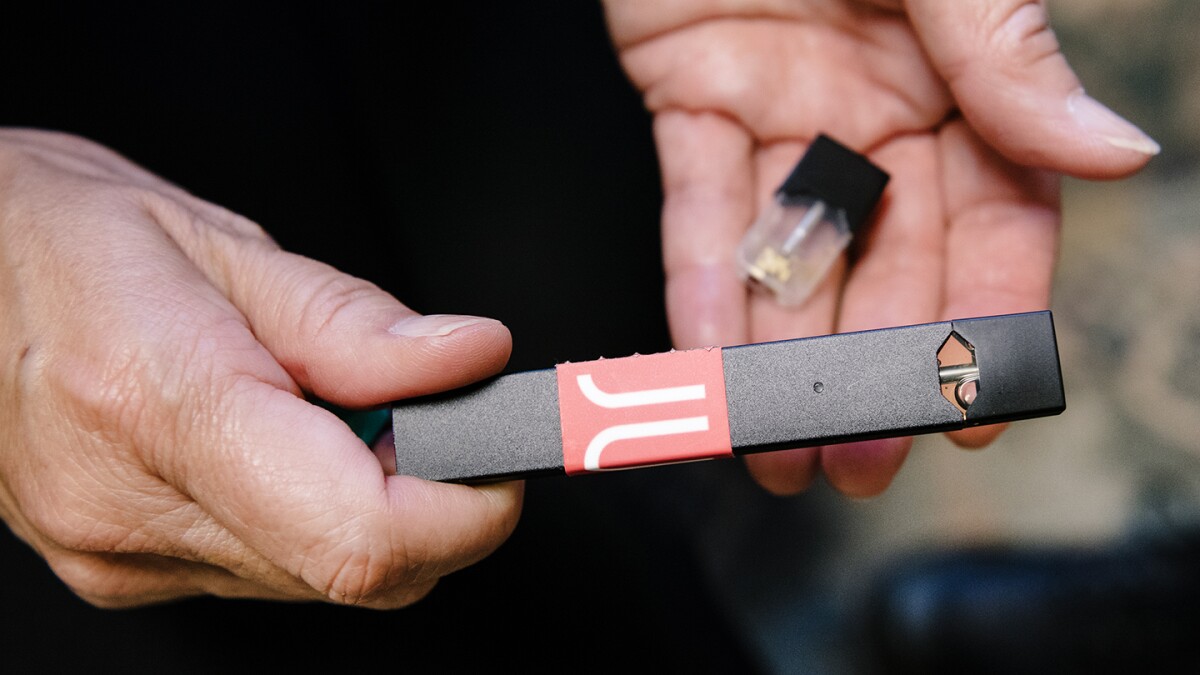Electronic cigarettes, also known as vaping, is becoming more popular in recent years, and along with it, concerns about the safety and health implications are also rising. Vaping may cause indirect smoke exposure that is especially hazardous in indoor environments such as workplaces, homes, and schools. To combat this problem numerous people are opting for a vape detector which is able to detect and monitor vaping indoors. This article will explore the different kinds and features of vape detectors, along with how they can work in various scenarios.

Vape detectors, which utilize sensors that detect particles or smoke from vapes in the air They are electronic devices. They are made to offer the precise analysis of indoor vape emissions. This can assist in enforcing smoking bans as well as identifying areas in which people could be using vapes. There are numerous types of vape detectors such as those that can be employed in public places and schools as well as at home.
Vape detector use are becoming increasingly popular among families who want to protect their children from the harmful effects of secondhand smoke. They are small, discreet and are suitable for use in any room of the home where vaping is likely to be a factor. This includes bedrooms and living rooms. The detectors can be equipped with a range of sensors, such as the PM2.5 sensor that detects the particles released by vaping devices. Vape detectors can be equipped with smartphone applications that alert users when vaping is detected.
Vape detectors may also be employed in schools to stop indoor smoking. Schools have implemented smoke-free rules, and also ban the use of electronic cigarettes. Vape detectors can be used to enforce school policies and assist in identifying the areas where students are smoking. These devices are typically placed in public areas, such as bathrooms, hallways and locker rooms. They can also be connected to central monitoring systems which notify administrators whenever vaping has occurred or been found.
Vape detectors used in schools are usually more sophisticated than those used in the home, since they must cover a larger area and distinguish between vaping or other types of smoke. These detectors make use of a variety of sensors that detect the vaping. These include laser scattering sensors. Certain models are able to distinguish between different devices for vaping such as e cigarettes and vaping pen.
In addition to schools and homes, vape detectors are also employed in other public spaces, such as hotels, casinos, as well as workplaces. They provide a secure, healthy environment for both employees and guests. They are able to monitor indoor air and can detect vaping. They can be found in typical areas such as break rooms, conference rooms, and lobby spaces. They give real-time information about indoor air quality.
Laser scattering technology is among the most significant features of a vape detecting device. It can detect particles of smoke from a vape. The technology is extremely sensitive and is able to detect tiny amounts of nicotine in the air. It operates by shining a laser light into the air to detect any particles. Vape detectors can give highly precise readings of the quality of air in the indoor environment and pinpoint areas where vaping is taking place.
A home vape detector is also able to be connected to an app on a smartphone, that sends real-time alerts and alerts when vaping has been detected. This feature is especially beneficial for parents who wish to keep track of the vaping habits in their home of their children or school officials that want to be notified when students are using. Vape detectors can be equipped with cloud-based storage of data that is helpful for analyzing patterns and identifying areas in which more attention is required.
Vape detectors provide an easy method of detecting vaping in the indoor in the home, at schools or other public spaces. These devices make use of sensors and technologies to accurately measure indoor air quality. They are also connected to smartphones apps to receive real-time notifications and alerts.
Vape detectors can be the answer to protecting the health of people exposed to indoor air pollution. Vape detectors remove distractions, allowing us to concentrate on assessing the air quality. They are still relatively new, and their effects must be investigated. However, it’s thought that they may be able to improve the quality of air in our homes as well as our overall health. Vape detectors have proven in the past to be capable in capturing and mitigating dangerous elements such as volatile organic compounds (VOCs) as well as carbon monoxide (CO) and ultrafine particulate matter (PM2.5). Vape detectors can detect products vaping with more accuracy and ease than before. Vape detectors, in the end, are an important improvement in health and safety. As this innovative technology continues to expand in use, it may someday help us protect our families from the risk that are associated with smoking secondhand cigarettes or vaping inside our homes.